
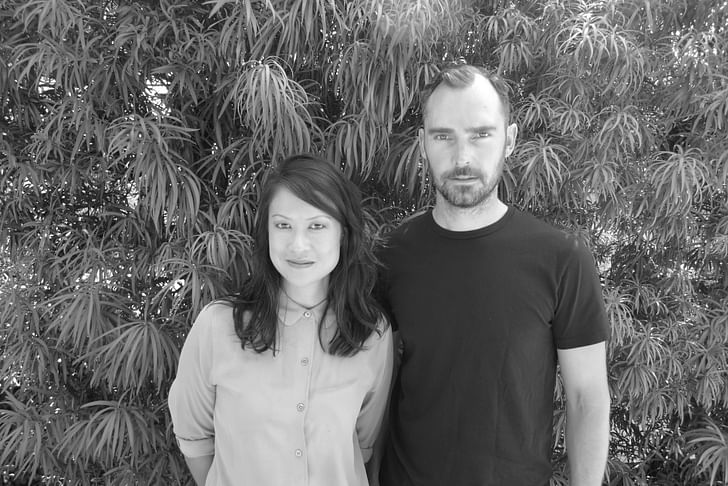
Weather Projects was founded in 2012 by Shannon Han and Hunter Knight who wanted to flush out their own ideas after respective stints at SHoP and Morphosis. We talked with the two about working in Los Angeles, the general population's growing interest in design, and having stake in one's own projects. This week's Small Studio also happens to be hiring! Check out their listing here.
How many people are in your practice?
3 1/2 + a blue healer
Why were you originally motivated to start your own practice?
We both come from experience working at larger firms. I was at Morphosis for 8 years and Shannon was with SHoP for 7. Both offices deeply inspired us in how they tackle the contemporary model of an office. They also influenced us to see architecture as a social practice and as cultural capital, and we needed an office to flush out our own ideas regarding these agendas.
When working on large scale work, there is often a disconnect between the process of design and the building itself. With the work in our office, designing and building go hand-in-hand and it's incredibly rewarding. Currently all of our built work and research projects are local or centered around Los Angeles and we see this as an opportunity to intimately engage in this city that we love on both a community level and urban scale.
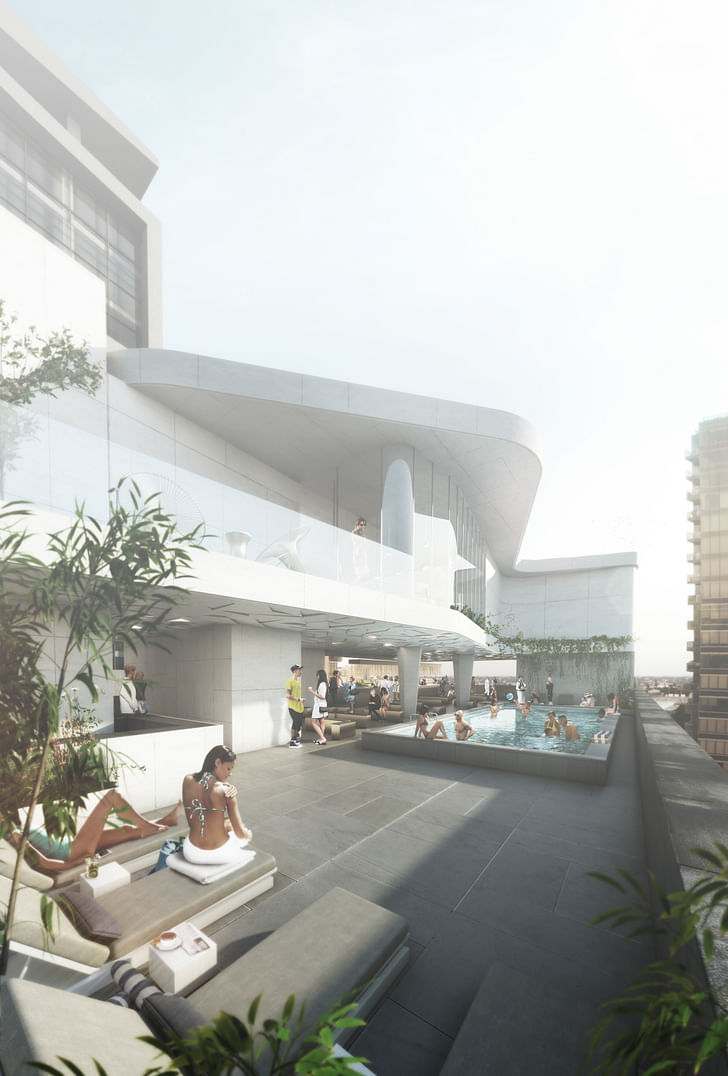
What hurdles have you come across?
There are so many, but one of the largest is that you have to become a master juggler and fail often in order to keep moving forward. One of the largest hurdles is resources, at our former offices there was collective knowledge with a wide array of experience in the office, there was also a diverse set of expert consultants that could be dialed up in a pinch. However, with trying to clear this hurdle we gain invaluable relationships and are constantly retooling our office to manage these deficits.
In the world of DIY and Dwell, everyone is a designer, everyone is an architect Another big hurdle is qualifying the value that design can bring to potential clients. In the world of DIY and Dwell, everyone is a designer, everyone is an architect. And while we appreciate the amount of knowledge and interest out there, it has become increasingly difficult to communicate the complexity of what we do whether it's space planning or construction and the expertise needed to complete a project.
We have a lot of side projects, maybe too many? There are so few of us it becomes overwhelming trying to tackle it all, so I would say, the third largest hurdle is patience and being aware that this isn't a startup looking to IPO, we are in it for the long haul.
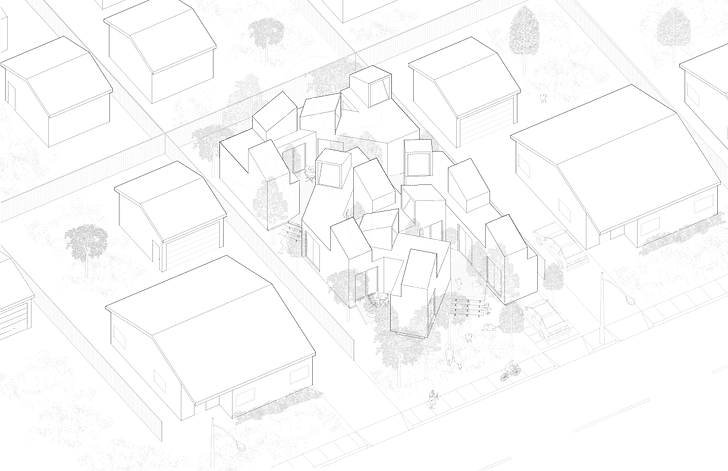
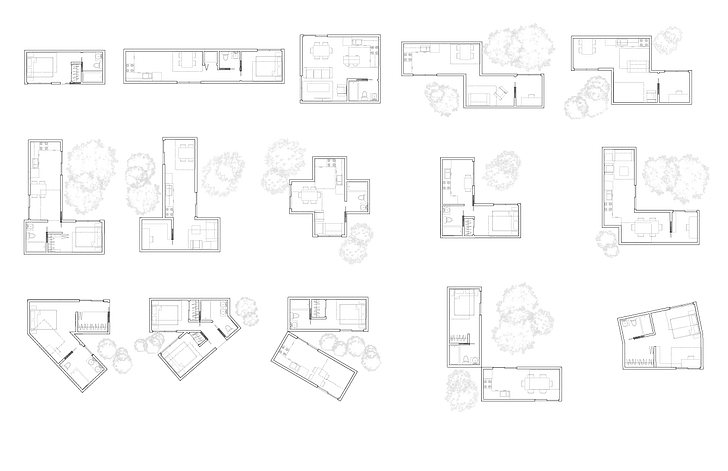
Is scaling up a goal or would you like to maintain the size of your practice?
Scale is irrelevant to us, I mean ok ok, not really. In a service industry like architecture you need a lot of people to produce work. For us though, it is less about whether we want to scale up and more about how we want to approach the office. In a service industry like architecture you need a lot of people to produce work We are less interested in having a traditional architecture office of 100 people with layers of hierarchy and management, instead we are more interested in finding collaborators to plug into the office on a per project basis. This frees us up to find the highest skill sets based on the specific needs of the project. This doesn't mean we don't want or need full time staff, quite the opposite. We need a handful of devoted long term staff, but as the scale of the work increases we would be looking for partnerships and joint ventures with similarly minded companies or individuals. We see this as a way of scaling up but still retaining small scale attributes like being nimble and flexible while competing for larger scale work.
What are the benefits of having your own practice? And staying small?
Staying small allows us to directly engage in the work we are doing, and sometimes it allows us to financially invest in some of the projects we design. In this case, the stake we have in projects is very real. To another point, having ownership and a stake in the ideas you are incrementally experimenting with, and sometimes realizing, allows for an engaging and gratifying practice. Staying small keeps these ideas at the front and center of our work.
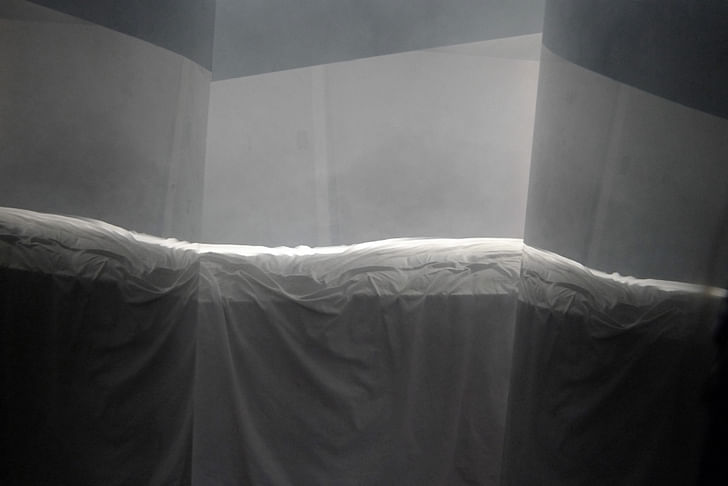

1 Comment
They are referring to a "Blue Heeler" not "healer", aka an Australian Cattle Dog, correct?
Block this user
Are you sure you want to block this user and hide all related comments throughout the site?
Archinect
This is your first comment on Archinect. Your comment will be visible once approved.